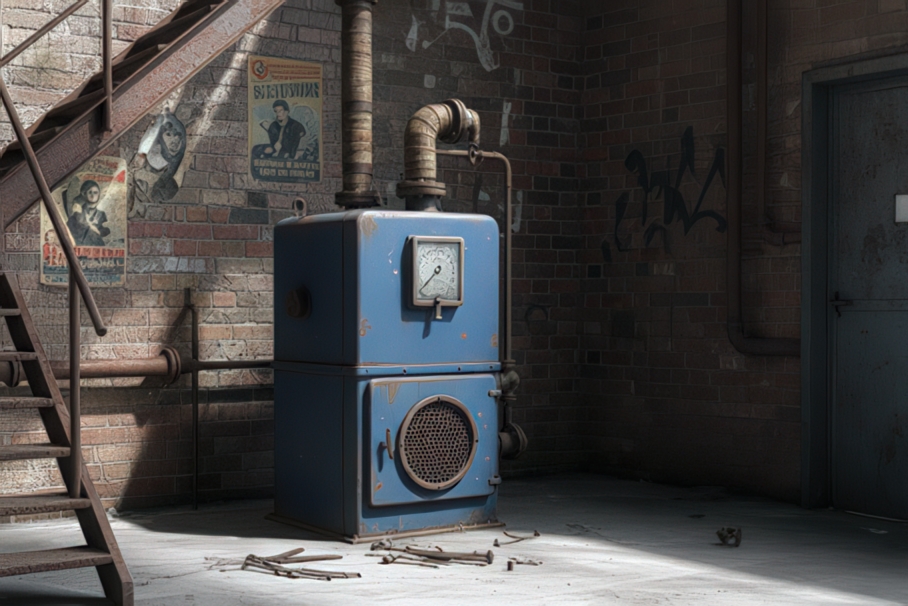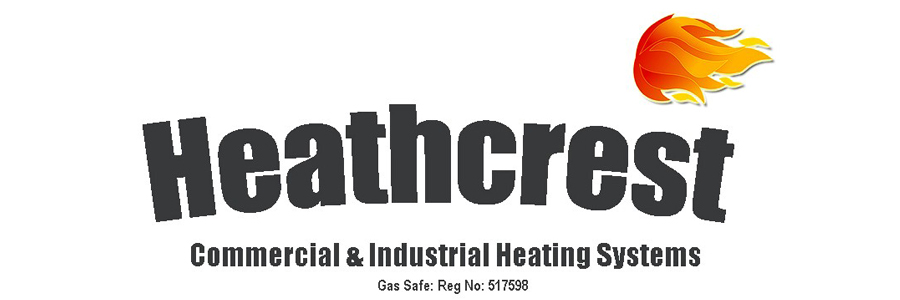
Old and unserviced commercial heating systems can develop a range of issues that impact efficiency, safety, and operational costs. Below is a concise overview of the most likely problems, based on common knowledge about HVAC systems:
Reduced Efficiency and Higher Energy Costs:
Accumulated dirt, dust, and wear on components like burners, heat exchangers, or filters reduce system efficiency, forcing the system to work harder and consume more energy.
Clogged or dirty filters restrict airflow, leading to increased energy consumption and higher utility bills.
Frequent Breakdowns and Unreliable Performance:
Aging components, such as belts, bearings, or motors, wear out over time, leading to unexpected failures and system downtime.
Lack of maintenance can cause minor issues (e.g., loose connections or worn parts) to escalate into major breakdowns.
Uneven Heating or Inconsistent Temperatures:
Dirty or malfunctioning components, like thermostats or dampers, can lead to uneven heat distribution, causing hot or cold spots in the building.
Blocked ducts or vents from dust buildup can further exacerbate inconsistent heating.
Poor Indoor Air Quality:
Unserviced systems accumulate dust, mold, or bacteria in ducts, filters, or coils, which can circulate contaminants, affecting occupant health and comfort.
Clogged filters fail to trap pollutants, worsening air quality.
Safety Hazards:
Cracked heat exchangers or faulty burners can leak carbon monoxide, posing a serious health risk.
Electrical issues, such as frayed wiring or malfunctioning controls, increase the risk of fires or system failures.
Gas-powered systems with neglected maintenance may develop gas leaks, creating hazardous conditions.
Increased Repair Costs:
Lack of regular maintenance allows small issues to grow, leading to costly repairs or premature replacement of major components like compressors or heat exchangers.
Corrosion or scale build-up in boilers or pipes can cause extensive damage, requiring expensive fixes.
Noise and Operational Issues:
Worn-out or unbalanced components, such as fan blades or motors, can cause loud noises, vibrations, or rattling during operation.
These issues often indicate underlying mechanical problems that worsen without intervention.
Shortened System Lifespan:
Neglect accelerates wear and tear, significantly reducing the operational life of the heating system, leading to earlier replacement costs.
For example, a well-maintained commercial boiler might last 15-20 years, but an unserviced one could fail much sooner.
Non-Compliance with Regulations:
Old systems may not meet current energy efficiency or emissions standards, risking fines or forcing costly upgrades.
Failure to maintain safety features (e.g., carbon monoxide detectors) may violate local building codes.
Environmental Impact:
Inefficient systems consume more fuel or electricity, increasing greenhouse gas emissions.
Improper disposal of old plant can harm the environment.
Recommendations:
Regular maintenance, including cleaning filters, inspecting components, and checking for leaks, can prevent most of these issues.
Schedule annual or bi-annual professional inspections to catch problems early.
Consider upgrading to modern, energy-efficient systems if the current one is outdated and costly to maintain.
